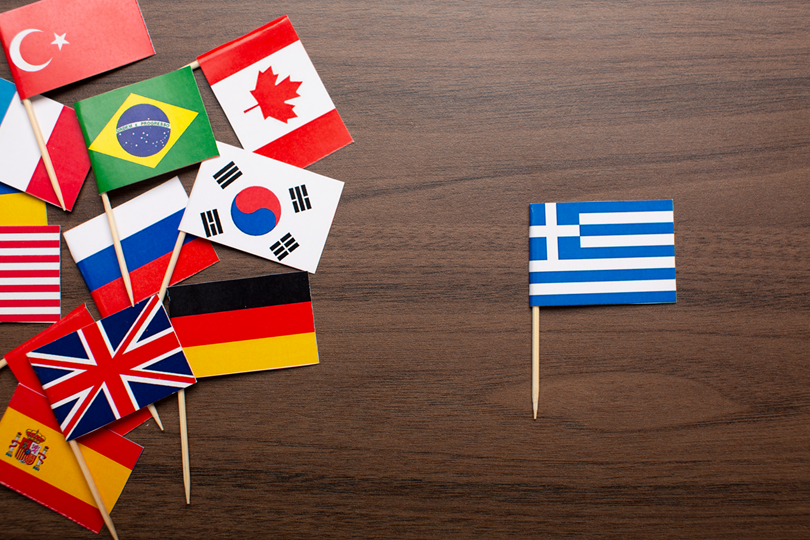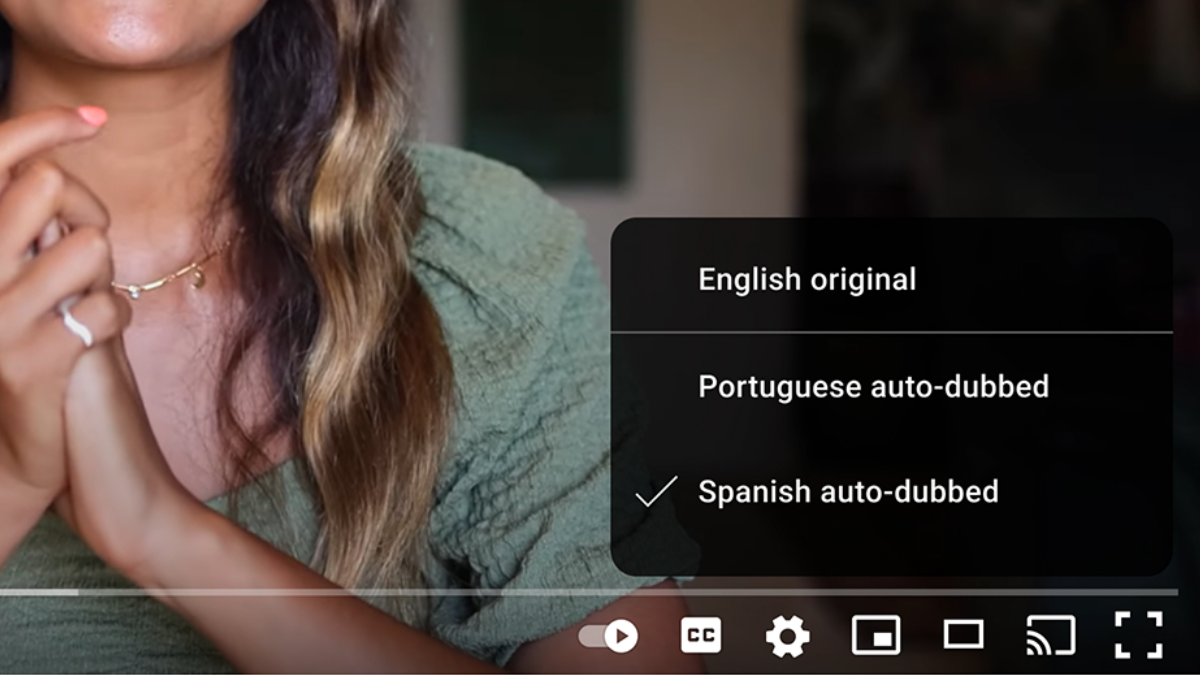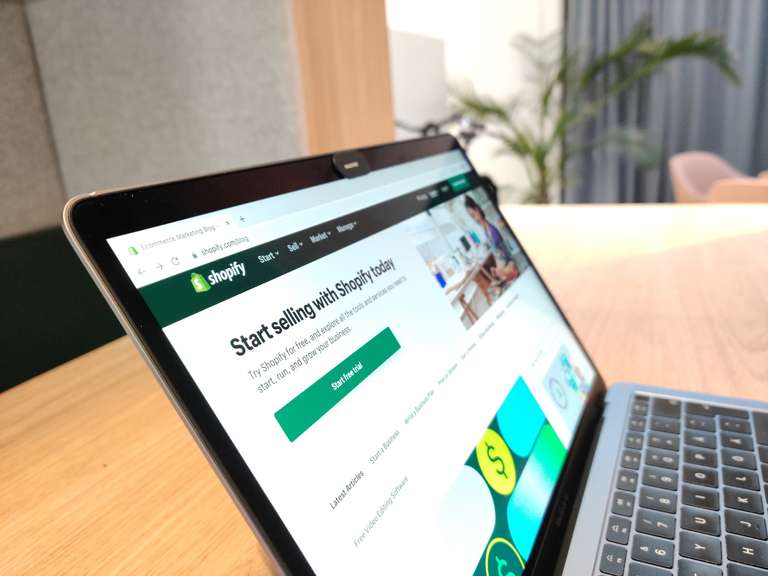Step-by-Step Guide to Dub Videos on YouTube

You’re a YouTube vlogger who creates stunning videos portraying your latest travel adventures, highlighting the scenery and unforgettable experiences. Eager to share your video with the world, you face a hurdle: your English voiceover may limit your video’s reach. While passionate about storytelling, mastering multiple languages solely for creating voiceovers isn’t practical.
What if there was an alternative way to make your video accessible to viewers worldwide? Introducing video dubbing, a process that translates and replaces the original audio of your video with a new audio track in a different language while maintaining synchronization with the visuals.
For YouTube vloggers seeking to expand their reach beyond linguistic constraints, video dubbing presents an innovative approach creating multilingual versions of their videos without the need for language proficiency in each target audience’s language.
With the goal to open up previously inaccessible information to the world, YouTube recently introduced Aloud, a video dubbing platform that can effortlessly dub your original video into Spanish and Portuguese with Hindi tts and Bahasa Indonesia coming among other languages, broadening its reach and connecting with viewers from diverse cultures without the need for professional voice actors, dubbing studios, and manual translation.
Powered by artificial intelligence, Aloud redefines how much effort it takes to automatically transcribe, translate, and produce dubs for YouTube videos, making it easier than ever for creators to create multilingual content.
Get Early Access: Join the Waitlist
Table of Contents
How Does Aloud Work?

Aloud begins by transcribing the primary language of your video, generating a text transcript that you can review and edit. This ensures that the translated script accurately reflects the original content for the particular audience in the foreign language. Aloud also produces a dub track based on the translated text in the preferred language. This involves generating synthetic speech that closely matches the intonation, rhythm, and timbre of the original speaker’s voice and video, removing the language barrier and generating more viewers in the process.
Aloud leverages audio separation, machine translation, and speech synthesis to reduce time-consuming and costly steps like translation, video editing, and audio production associated with manual dubbing to create a new dubbed video in minutes.
Applications of YouTube Video Dubbing
YouTube dubbing can potentially emerge as a game-changer for creators across sectors. Here are the different types of YouTube videos where dubbing can be beneficial:
News and Current Affairs
We live in an interconnected world, and any significant event occurring in any part of the world holds relevance for the global population. In such a scenario, dubbing can benefit news and current affairs-related videos. It helps make the content accessible to non-native speakers.
For instance, the English videos on the Israel-Palestine crisis with the right analysis are equally relevant for people from Indonesia, the Middle East, and Europe, making it easier to connect with and comprehend the situation.
Also Read: Elevate Your Bumper Ads with Murf's Engaging AI Voiceovers
Educational Channels
Businesses, creators, and universities can make their content more inclusive by dubbing YouTube educational videos. Most concepts and content on educational channels are cut across geographies, and by offering explanations or translations in the target language, channels can cross the language barriers and boost reach and popularity among the global audience. For example, a video on ‘how to communicate effectively’ can be dubbed in multiple languages with a voice actor using YouTube video dubbing to provide a better impact on the global society.
Comedy and Entertainment Channels
Comedy and entertainment channels can use YouTube dubbing by changing the original language of their sketches, making them more relatable to the audience. With the right cultural nuances and changes, dubbing in various languages can make comedy and entertainment content relevant for global users rather than just a small group of users.
Travel Vloggers
Travel vloggers can use the dubbing function on YouTube to create voiceovers and descriptions in more languages, allowing them to reach a wider audience for the same destinations or adventures. By using an AI voice generator, vloggers can efficiently produce high-quality voiceovers in different languages, providing complete control and saving time while expanding their global reach.
Environmental and Science Channels
Content created by environmental and scientific channels can use the dubbing feature to increase awareness about environmental issues globally. In fact, by creating content in multiple languages, these channels can gain support for their dubbed content and cause more effectively.
Get Early Access: Join the Waitlist
Benefits of YouTube Dubbing
YouTube Dubbing helps improve the accessibility of the content and adds the required personal touch. Here are some additional key benefits:
Cultural Relevance
With the use of YouTube Dubbing, creators can increase the cultural relevance of their content. This relevance not only helps generate more views but comes in handy in the journey to achieve better engagement among the audience.
Professional Audio
As the dubbing in various languages is powered by artificial intelligence, the output is professional. This helps in improving the overall quality of the video. With the video's audio, creators can increase the appeal of their content and work towards establishing a presence in other international markets.
Global Reach
YouTube dubbing has the potential to increase a creator’s global reach. As creators upload content in multiple languages, it helps to build a global audience in the long run. With global reach, the overall impact and stature in the industry can also be expected to receive a boost in the long run.
Regulatory Compliance
Dubbing on YouTube can be useful in maintaining industry-specific regulations or compliance. By following the dubbing option on YouTube Studio, creators can ensure they are on the right side of the law in matching such requirements.
Enhanced Accessibility
Dubbing on YouTube is particularly useful in making the content accessible to a broader audience, including people with learning, visual, and reading disabilities. They can use it to listen to the dubbed videos in the language of their choice. This makes YouTube’s dubbing feature not only good for the creators but also for society at large.
Adding Multi-Language Audio to Your YouTube Videos
There is more than one way to go about the YouTube dubbing process. Here are the two primary methods that you can consider for adding multi-language audio to your content:
Method 1: Upload Multi-Language Audio Tracks
This method can be used to upload multi-language audio tracks to your existing content.
Step 1: Sign in to YouTube Studio from your computer and click ‘Subtitles’ from the left menu.
Step 2: Click on the video that you want to edit.
Step 3: Click ‘Add Language’ and select the language from the list.
Step 4: Click ‘Add’ under ‘Audio.’
Step 5: Click ‘Select File’ and choose which file you want to upload to the video. It is important to note that the selected file needs to be in audio-only format and should be the same length as the video.
Step 6: Click ‘Publish’ when satisfied with the output.
Note: Creators will need to record the subbed audio tracks before uploading. This method does not allow the generation of automatically dubbed audio tracks.
Method 2: Replacing Previously Uploaded Audio Files
This method is used in cases where a multi-language audio track has been uploaded, and you want to replace it with a new one.
Step 1: Sign in to YouTube Studio on your computer.
Step 2: Click on ‘Subtitles’ from the left menu.
Step 3: Click on the video that you would like to edit.
Step 4: Under ‘Audio,’ click the ‘delete’ option for the selected language.
Step 5: Repeat the steps in Method 1 to upload the fresh audio track for the selected language.
Note: It is suggested that subtitles and captions be added and the video titles and descriptions translated before uploading the final content. This will help to increase the reach and visibility.
Also Read: AI Voices: The Next Big Frontier in Youtube Audio Advertising
Summing Up
YouTube dubbing is a rapidly evolving field with the potential to revolutionize the way we consume content online. By making videos accessible to a global audience, dubbing can help creators reach new heights of success and impact.
As AI technology advances, we can expect to see even more innovative and seamless dubbing solutions emerge. This will make it easier and more affordable for creators to produce multilingual content, opening up new possibilities for global collaboration and storytelling.
Get Early Access: Join the Waitlist
FAQs
What equipment do I need to dub a YouTube video?
You would typically need a good-quality microphone along with audio editing software. It is also ideal to have a quiet recording space so that the audio quality is professional.
Can I dub a video that’s already on YouTube?
Yes. You can replace the audio of the videos you created on YouTube and upload the new audio track with the help of a YouTube video editor. The process for doing that is pretty simple and can be found within YouTube Studio.
What is video dubbing on YouTube?
Video dubbing on YouTube involves replacing the original audio track of a video with a new one, often in a different language or for creative purposes. Video dubbing helps to add more variety to the content and makes it more relevant to a broader audience.
Why would I want to dub a YouTube video?
Dubbing can help you reach a wider audience that may otherwise not be aware of the impact of your content. Dubbing is also helpful in improving video accessibility and adding a personal touch to your content to create an impact on the international audience.



